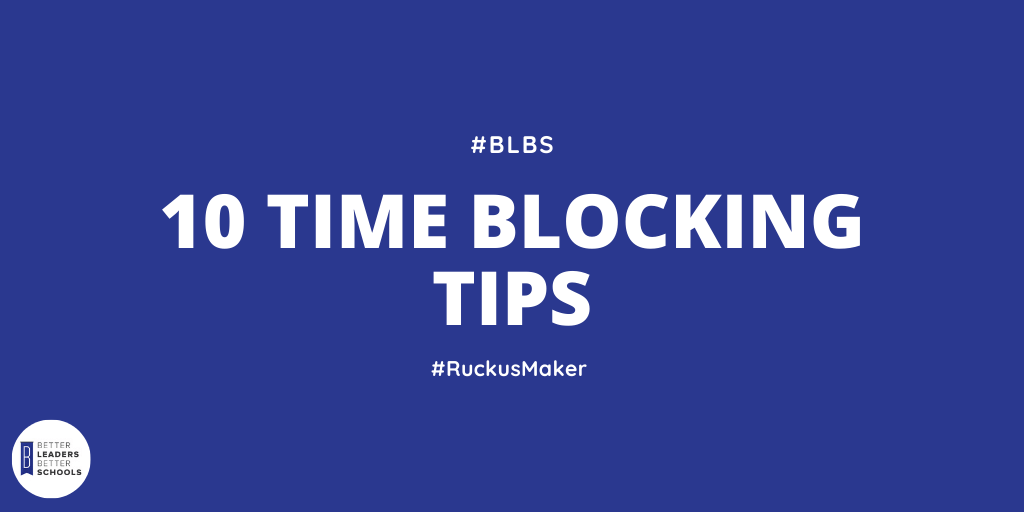Time blocking is essential to success. It helps you be more productive, but even more important, it helps you focus on what creates the most value for your organization and it prioritizes what you need to be your best.
I have been operating from an ideal week since 2016. Aligned with a vivid vision, time blocking can transform your life.
Here are 10 tips and a video course download to create your ideal week using a time blocking template.
YOUR IDEAL WEEK SUBSCRIBE
Get your free ideal week course
Write down everything you need to do.
The first step to time blocking is a brain dump. Set a timer. Write it down.
Write down what you want to do.
These activities create the most value for your organization and you also enjoy doing them the most. These activities you are having trouble finding time for and might not have fit into the first lit. Jot these down and put them to the side for now.
Track your time.
My ideal week has been through a number of iterations. I started updating my ideal week 2x a year. Now I update it every quarter. Starting off I was a terrible at estimating how long tasks might take. So before starting with time blocking, make sure you track how long your actual tasks take. A free app like Toggl will do.
Add all recurring (and necessary) meetings.
Events you can’t change or move from your calendar. Put those on now. Consider if the meetings are truly necessary. If you control the meetings, schedule them for half the time. If the meeting is about logistics or operations, cancel it. That only requires a memo or quick 5-minute stand-up meeting.
Add 90-180 minutes of deep work time.
One reason we have trouble making progress on what is most important is that we allow the tyranny of the urgent to overtake the significant tasks we should prioritize. If you’re new to time blocking, schedule at least one 90-minute block for deep work.
This book is a great resource for understanding what tasks add the most value to your organization.
Add the activities you want to do.
Instead of all the “ankle biter” and urgent tasks, put the activities that you want to spend more time doing.
YOUR IDEAL WEEK SUBSCRIBE
Get your free ideal week course
Add anything that is necessary, but not that valuable.
Now it’s time to schedule things that need to get done, but they don’t add much value to your organization (e.g. signing checks, leave requests, etc.).
Schedule time to check email.
You won’t save the world writing or reading an email. Email is garbage, used poorly, and a waste of time. My friend Chris is a principal of a high school with 1200 students. He gets a lot of email. He checks 2x a day for 30-45 minutes. Setting time boundaries around email will help you do more important work. And turn off your notifications. If you are brave, take it off your phone.
Schedule lunch and activities that re-energize you.
Some leaders often skip activities in the day they need the most. But why do other of the most influential people in the world find time for lunch, walks in nature, time for meditation, and even naps?
Add white space.
Don’t schedule every minute of the day. Emergencies do happen or activities will run over. Think of your ideal week as a flexible schedule with blocks of time you can move. White space also helps you prep for the next activity or meeting. Take 5-10 minutes before every meeting you deem necessary in order to prepare, catch your breath, and visualize yourself a success.



